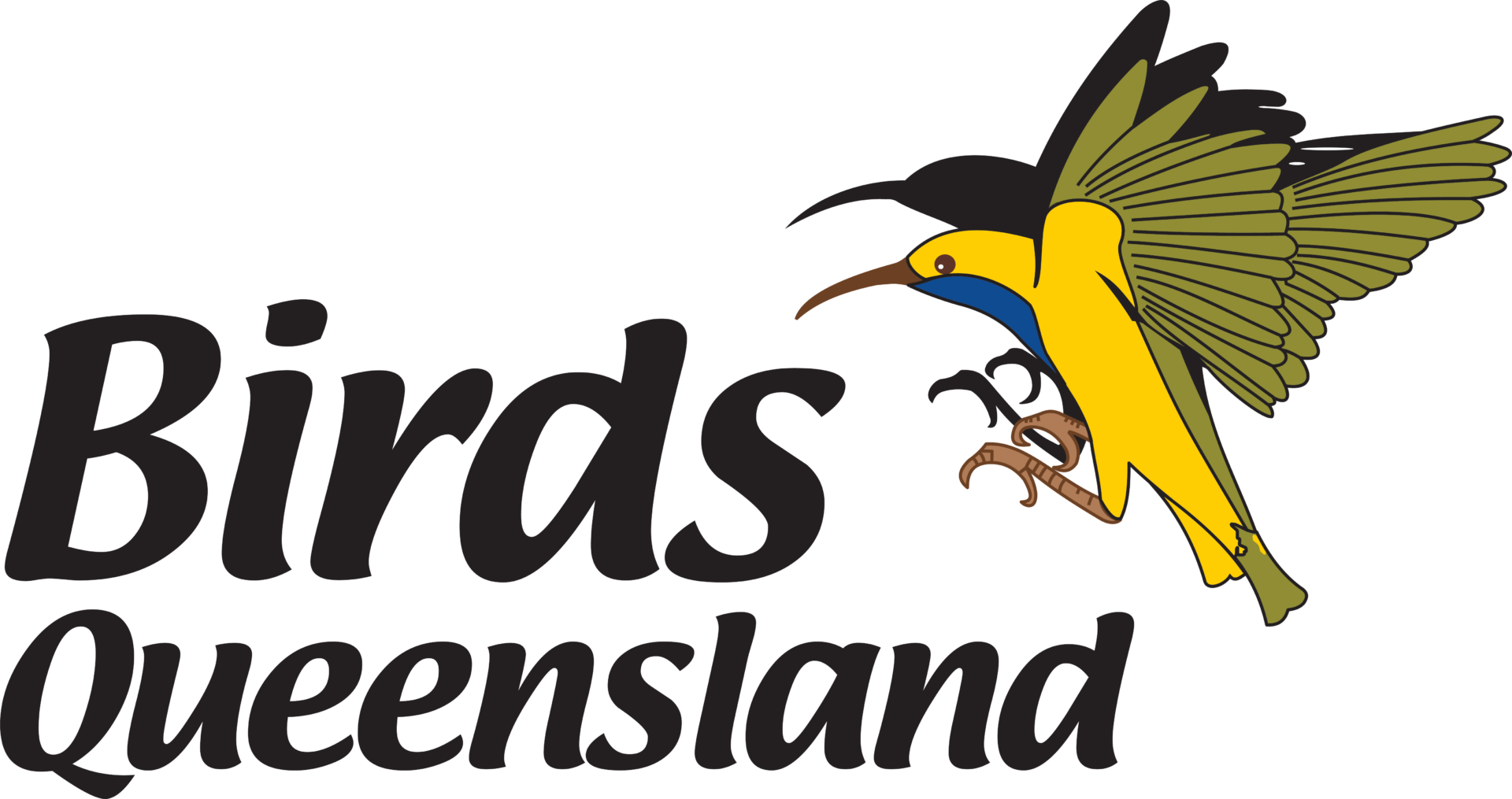Australia’s smallest triller occurs throughout the mainland in all climatic zones, but is less common east and south of the Great Divide and only occasionally visits Tasmania. It is also found in parts of Indonesia and a few scattered sites in New Guinea. In Australia it is a partial migrant, with some resident populations in the north, but migratory elsewhere, largely vacating the southern mainland south of 29ºS in autumn (but with occasional records further south in most months). The White-winged Triller (WWT) often occurs singly or in twos and small flocks of 3–10, and occasionally in larger flocks of up to 100, usually during autumn–winter non-breeding season. It is an enigmatic species, with numbers varying considerably from year to year, with sudden large influxes, sometimes in areas where they were previously unreported, particularly in southern states (an influx was also recorded around Charters Towers in 1988).
The WWT favours light timbered habitats with few shrubs and a grassy understorey (including spinifex) and sparsely wooded farmland. In arid and semi-arid zones, it is often attracted to flowering shrubs and trees, including grevilleas, bloodwoods and eucalypts. I have noticed that in the Samford district arrival seems to coincide with the flowering of Silky Oak Grevillea robusta (I saw the first female of the 2023 season in Wights Mountain on 26 September).


The main food is arthropods, including caterpillars (hence alternative common name White-winged Caterpillar-eater), spiders, beetles, grasshoppers, flies and moths, but also seeds, fruit and occasional nectar. The WWT forages mainly on or near the ground, but also among the foliage and flowers of trees and shrubs by gleaning and sallying.
In South-East Queensland, most WWTs arrive in September and October (in 2024, it was early September at Sandy Camp, late September in Moggill, Kobble Creek, Wynnum and Dayboro and early October at Gold’s Scrub Lane and Griffin). Last summer I was lucky to witness the breeding of a pair that arrived at Samford Lagoon (SL) on 28 October 2023. Males are strongly territorial when breeding, advertising their patch by conspicuous loud singing from high perches and taking song-flights (male began singing in earnest at SL from 12 November, with territorial defence exhibited against a second male in early December). Pairs are usually monogamous and nest singly, but occasionally colonially (only a single pair bred at SL). The nest is usually a small shallow cup built in a horizontal fork of branch of tree towards the end of a limb. The nest may be made of bark, grass, pliable rootlets, plant stems, pieces of vine, twigs, plant down, moss, wool or horsehair, bound together and fastened to the branch with substantial amounts of spider web and lined with fine grass and rootlets. At SL, nest building was well underway on a horizontal branch in a eucalypt on 4 December. The female lays 1 to 3 (usually 2) greenish oval eggs that may be variously blotched or streaked reddish-brown. Incubation by both sexes takes about 14 days, with the male taking a greater share during day and the female incubating at night (confirmed at SL where I saw the changeover from female to male on quite a few early mornings). Both parents feed the nestlings and remove the faecal sacs. However, the pair bond soon breaks down and the male rarely takes care of fledglings, which stay close to nest for about 2 weeks before dispersing (at SL I saw only the female feeding the fledglings from 15 to 23 January). The fledglings beg silently but with fluttering wings, which is quite disconcerting when witnessed because you expect to hear them. The birds at SL dispersed on 24 January.


WWT nests may be parasitised by Pallid, Brush and Fan-tailed Cuckoos, and Shining Bronze-Cuckoo
References
- Marchant S and Higgins PJ (eds) 1990-2006 Handbook of Australian, New Zealand and Antarctic Birds. Volume 7, pp. 325-343, OUP, Melbourne.
- Perkins, DL (1973) A survey of movements of migrant species, 1972 Queensland Ornithological Society. The Sunbird 4(1) 13-17.


